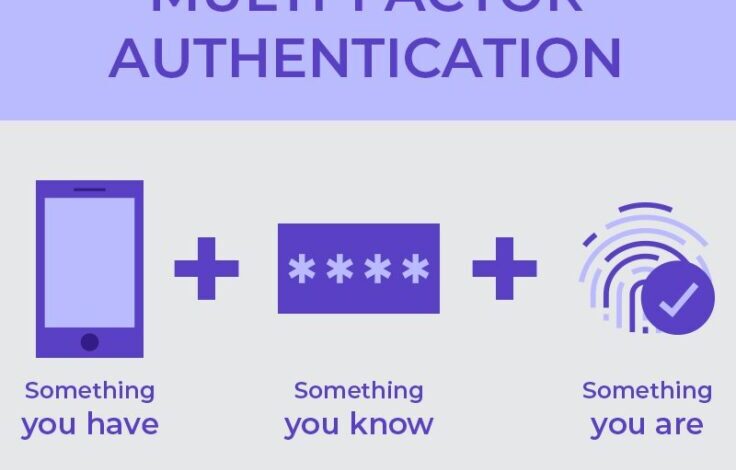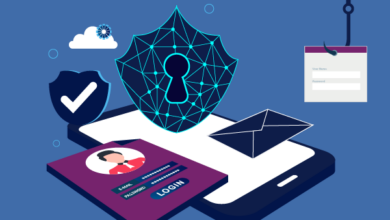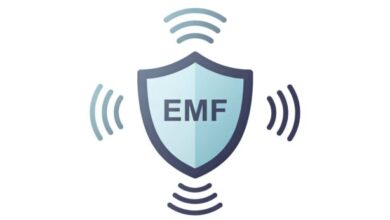Why Multi-Factor Authentication Is Essential for Your Business Security

Understanding Multi-Factor Authentication
A security technique known as multi-factor authentication (MFA) asks users to confirm their identity using several different types of proof, usually something they possess (like a mobile device or authentication token), something they know (like a password), or something they are (biometric information like a fingerprint or facial recognition). By adding a layer of protection, MFA makes it far more difficult for unauthorized individuals to get in, even if they have stolen a password. Sensitive data is safeguarded, and resilience against online dangers like phishing and brute-force attacks is increased.
Implementing MFA is a straightforward yet powerful step in building a secure environment for your business. With the proper setup, MFA solutions can be easily integrated into existing systems, offering a seamless user experience while enhancing overall security. Whether accessing email, company data, or client records, multi-factor authentication strengthens access control without adding complexity for users. To explore how to implement MFA effectively and secure your business data, click here for detailed steps and insights on choosing the right solution. By taking this extra step, businesses can protect valuable assets, meet compliance requirements, and build trust with clients who rely on their commitment to security.
The Importance of MFA for Enterprises
The importance of implementing MFA within businesses cannot be overstated. In light of ever-evolving cybersecurity threats, enterprises must prioritize maximum security protocols. Cyber attackers deploy increasingly sophisticated tactics to breach defenses, particularly those dependent on simple passwords. Studies show that most successful information breaches stem from stolen or compromised passwords. Thus, strengthening security infrastructures with MFA solutions is an effective strategy to mitigate this prevalent risk. By adding layers of verification, businesses effectively erect secure barriers against unauthorized access attempts. Not only does MFA serve as a strong deterrent, but it also enhances trust among clients and employees, as it demonstrates your commitment to safeguarding their data. This strategic approach is crucial in sensitive sectors like the financial and healthcare industries, where data protection is paramount for legal and ethical reasons.
Implementation Benefits
Integrating MFA within a business infrastructure yields numerous benefits beyond primary security enhancements. Firstly, it significantly curtails the likelihood of data breaches, as unauthorized individuals must navigate multiple verification steps, which are inherently more challenging to bypass than single-factor systems. For example, even in cases where a password is compromised, the additional authentication mechanisms, such as one-time codes or biometric verifications, provide substantial safeguard layers that are not easily circumvented. Secondly, the implementation of MFA boosts client and employee confidence. When stakeholders know that multiple security layers protect their data, their trust in the business’s data handling and protection capabilities grows. Thirdly, from a regulatory perspective, numerous industries now mandate MFA as part of their data protection compliance requirements. Businesses with MFA systems are generally better equipped to meet stringent data protection legislation, avoiding potentially costly legal repercussions.
Real-World Case Studies
The real-world implementation of MFA across various organizations globally validates its efficacy in combating cyber threats. Consider, for instance, a healthcare organization that previously faced numerous unauthorized access attempts. After deploying MFA, the organization noted a dramatic 90% decrease in such incidents, underscoring MFA’s protective efficacy. Similarly, a large-scale retail chain battling frequent data thefts incorporated MFA solutions into its security framework and documented a significant drop in fraudulent activities. These examples exemplify MFA’s instrumental role in fortifying cybersecurity defenses across diverse industry sectors. Such case studies underscore the strategic advantage for businesses adopting such technologies, mitigating risk and securing sensitive data while also underscoring the preventive capacities of MFA against escalating cyber threats.
Overcoming Common Challenges
Despite its effectiveness in fortifying security measures, implementing MFA can sometimes introduce challenges, including employee resistance or adaptation difficulties. Initially, users might need help with multi-step verification processes, perceiving them as obstructing workflow efficiency. Additionally, technical headaches may arise, especially in companies reliant on older IT systems that require upgrades to accommodate modern MFA methodologies. Addressing these challenges necessitates choosing user-friendly and system-compatible MFA solutions, facilitating seamless integration with existing workflows. Clear communication and comprehensive training programs are critical for preemptively addressing user concerns. Educating employees about MFA’s security benefits fosters acceptance and smoothens its adoption. Strategically navigating these hurdles ensures an optimal balance between security enhancement and workflow continuity, fortifying an organization’s cybersecurity posture.
Tips for Seamless Integration
Organizations aiming for a successful MFA integration should consider several strategic approaches. Initiating a pilot program remains one of the most effective methods to test MFA systems on a smaller scale, allowing businesses to address potential issues before widespread deployment. Choosing MFA solutions that ensure high compatibility with existing technological infrastructures is critical, minimizing deployment disruption. Furthermore, engaging stakeholders—employees and managers alike—in the planning and implementation phases is crucial to fostering collective buy-in and addressing concerns regarding new security protocols. Personnel education is also vital; providing comprehensive training and informational resources ensures familiarity and boosts compliance with the latest procedures.
Future MFA Trends
As technologies evolve, the future of MFA is poised to leverage state-of-the-art advancements, significantly enhancing security frameworks. Future developments could be greatly aided by AI and machine learning integration, allowing systems to anticipate and neutralize threats before they materialize. AI-driven behavioral analytics further personalizes MFA processes, augmenting user experience while strengthening security by dynamically adapting to user behavior. Additionally, the ongoing development of biometric technologies suggests that their importance in MFA has probably grown, as they have introduced hundreds of subtle signals for user verification that enhance security and enhance user experience. Preparing for these advancements positions businesses at the forefront of cybersecurity evolution, equipping them with formidable tools against emerging cyber threats while staying ahead of technological trends.




